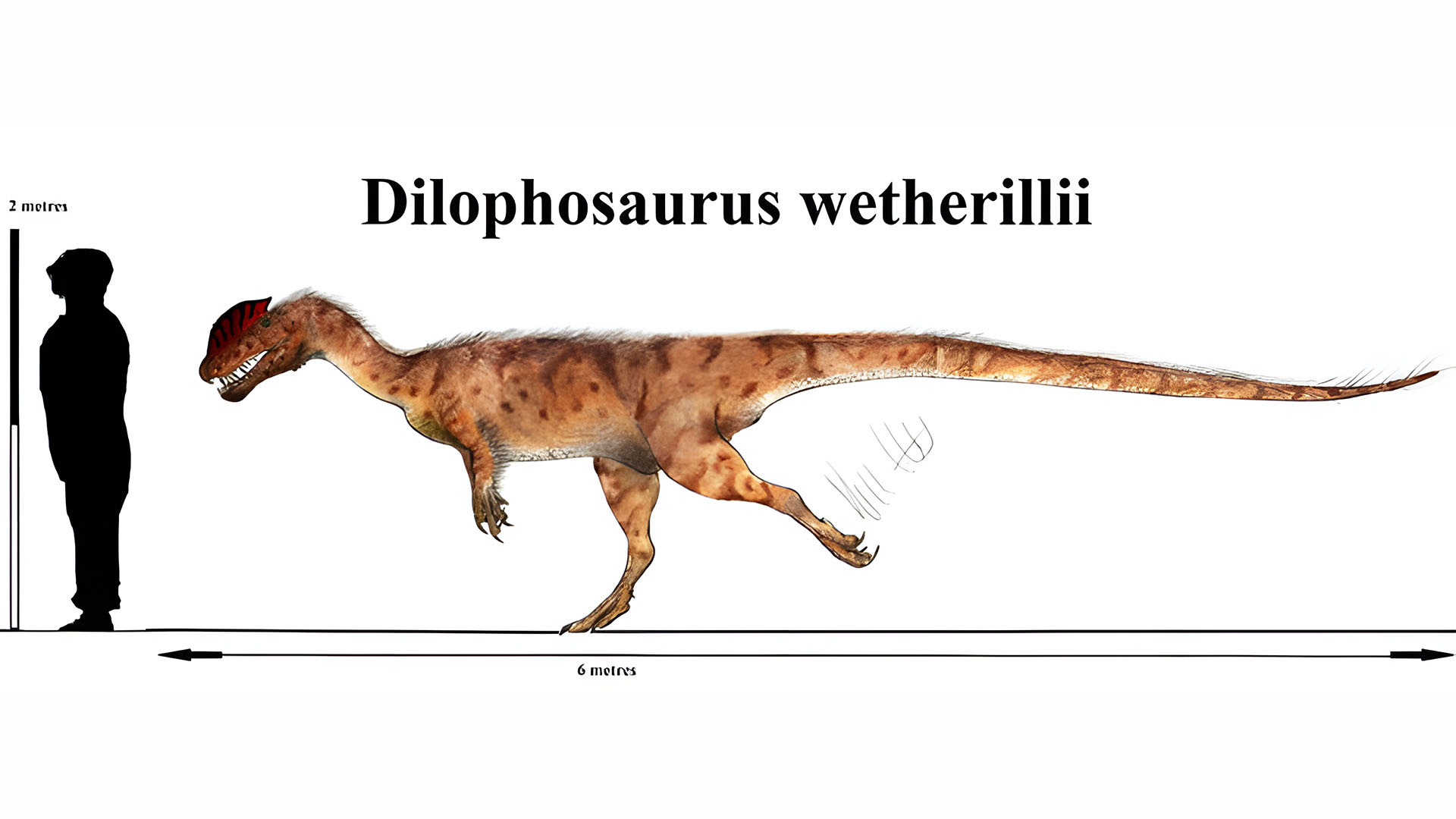
Image Credit: Teratophoneus , via teratophoneus.deviantart.com
—Jeff Bond
Subscribe to our newsletter of follow us on the social channels to stay tuned.
© 2023 Dinosaur Park • All Rights Reserved.
We are closed December 22- January 6 for annual cleaning.